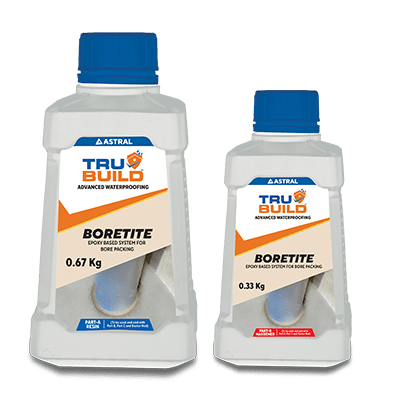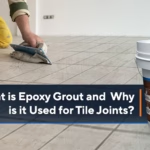Top 6 Trending Waterproofing Methods in 2025
Feb 27, 2025
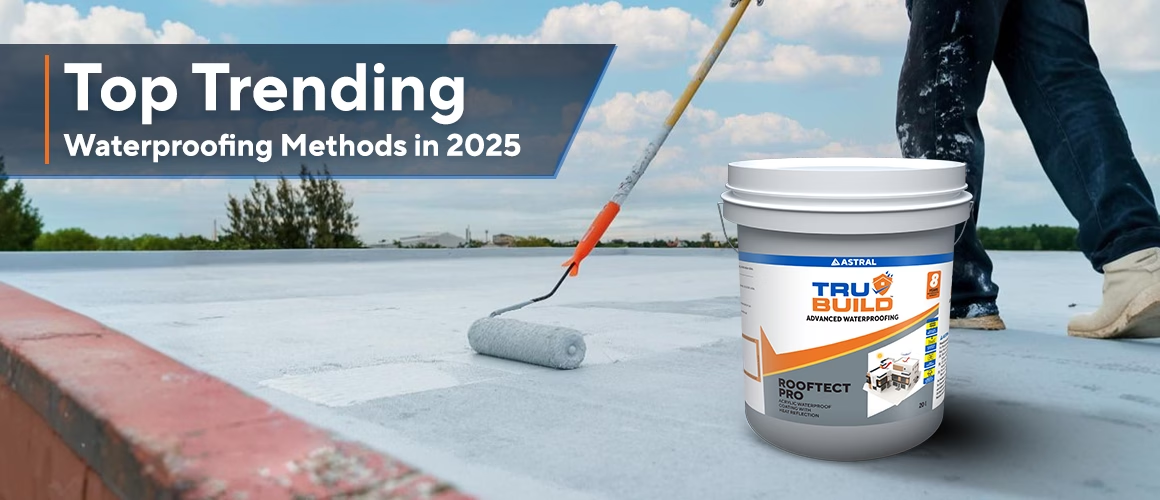
Your home faces different challenges in different areas—bathrooms stay damp, roofs battle rain and heat and exterior walls endure sun and dust. A one-size-fits-all approach to waterproofing will not work for all. That is why the market offers a variety of solutions to waterproofing your home, each designed for specific applications. From high-performance coatings to advanced membranes, the latest waterproofing methods of 2025 offer superior protection against leaks and structural damage. Here are the top six trending techniques that can keep every part of your home secure and resilient for years to come.
1. Polyurethane-Based Waterproofing Membranes
Polyurethane-based waterproofing methods are gaining widespread popularity with their excellent durability and flexibility. These liquid-applied membranes form a seamless, watertight barrier that prevents leaks and water seepage. This makes them ideal for roof waterproofing and wet areas such as bathrooms and balconies.
One of the most effective products in this category is Trubuild TRU PU PU-based waterproofing membrane. This advanced solution provides outstanding resistance to oxidation and brittleness, ensuring long-lasting protection. With its high elasticity, TRU PU can withstand a wide range of temperatures, which makes it suitable for various applications, from rooftops to basements.
2. Green Waterproofing Systems
With sustainability becoming a key focus in modern construction, green waterproofing solutions are gaining traction. These methods incorporate environmentally friendly materials, such as recycled waterproofing membranes, and often integrate waterproofing with green roofs or vegetative layers. Beyond their water-resistant properties, these systems enhance insulation, regulate indoor temperatures, and promote urban biodiversity.
Green waterproofing extends the lifespan of buildings and contributes to energy efficiency by reducing heat absorption. As cities grow, the demand for sustainable waterproofing methods will only increase, making this an essential trend to watch in 2025.
3. Cementitious Waterproofing Coatings
Cementitious waterproofing methods remain a staple in the industry due to their ease of application and strong adhesion properties. These coatings are useful for underground waterproofing, basements, tunnels, and other water-retaining structures. They form a durable, impermeable layer that prevents water penetration and ensures structural stability over time.
A leading product in this category is Trubuild Aqualock Flexi cementitious waterproofing membrane. Designed for concrete and masonry surfaces, Aqualock Flexi offers exceptional adhesion and flexibility, which prevents cracks and leaks caused by structural movements. It can be easily applied by brush, making it a convenient yet highly effective solution.
4. Waterproofing Sealants for Joints and Cracks
One of the most common causes of leaks in buildings is compromised joints and cracks. Over time, even the best waterproofing solutions can weaken at these vulnerable points, which allows moisture to seep in. Waterproofing sealants play an important role in reinforcing these areas and provide a robust waterproof barrier that extends the life of the entire waterproofing system.
Modern polyurethane and silicone-based sealants offer greater flexibility and resistance to environmental factors such as temperature changes, UV exposure, and mechanical stress. These advanced sealants ensure long-term protection, which makes them an essential component of any comprehensive waterproofing method.
5. Liquid-Applied Polyurethane Systems
Liquid-applied polyurethane-based systems are becoming the preferred choice for exterior wall waterproofing and other complex surfaces. Unlike traditional sheet-based waterproofing, these liquid systems provide seamless coverage. This eliminates weak points where leaks typically occur. Their high elasticity allows them to accommodate structural movements without cracking, which ensures long-lasting water resistance.
One example of this innovation is Trubuild TRU PU PURA 1K, a pure polyurethane-based waterproofing membrane. It can be applied by brush or roller and is highly effective for waterproof roof, terraces and podiums. Its outstanding durability and water resistance make it one of the most reliable waterproofing methods available today.
6. Smart Nanotechnology Waterproofing
Nanotechnology is revolutionising waterproofing methods by introducing coatings that create an invisible yet highly effective barrier against moisture. These coatings penetrate deep into the substrate, making them highly resistant to wear and tear. Unlike traditional waterproofing membranes, nanotechnology-based solutions offer enhanced protection against extreme weather conditions. This makes them particularly beneficial for high-rise buildings and large infrastructure projects.
With their ability to repel water at a molecular level, nanotechnology coatings significantly extend the lifespan of surfaces. This reduces maintenance costs and ensures long-term durability. This innovative approach is set to redefine waterproofing solutions in the years to come.
Choosing the Right Waterproofing Solution
Choosing the right waterproofing method is key to keeping your home protected for years. For effective waterproofing, it is important to choose the right solution for roofs, underground spaces, and exterior walls. Advanced waterproofing solutions like Trubuild TRU PU, Aqualock Flexi, and TRU PU PURA 1K provide excellent protection. Protecting your property with the right waterproofing solution today ensures long-term durability and peace of mind for years to come.
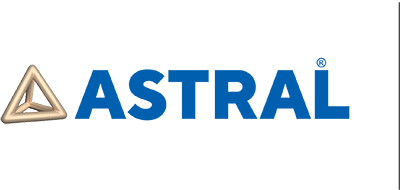

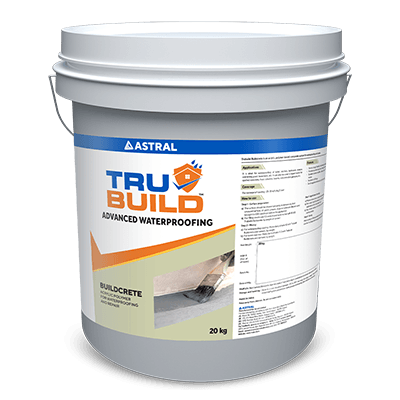

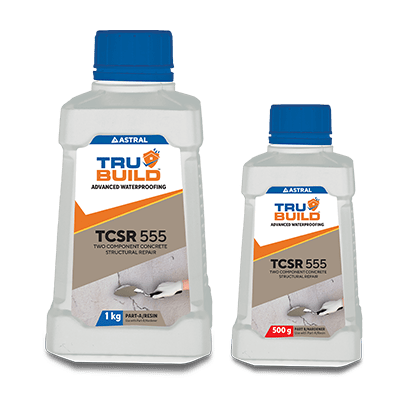


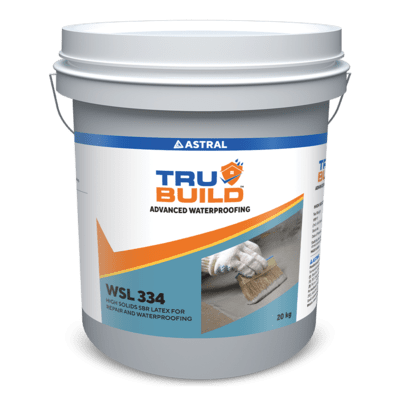
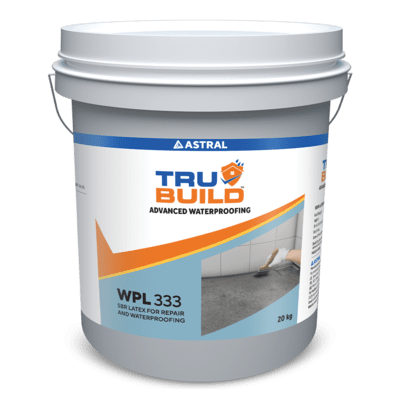
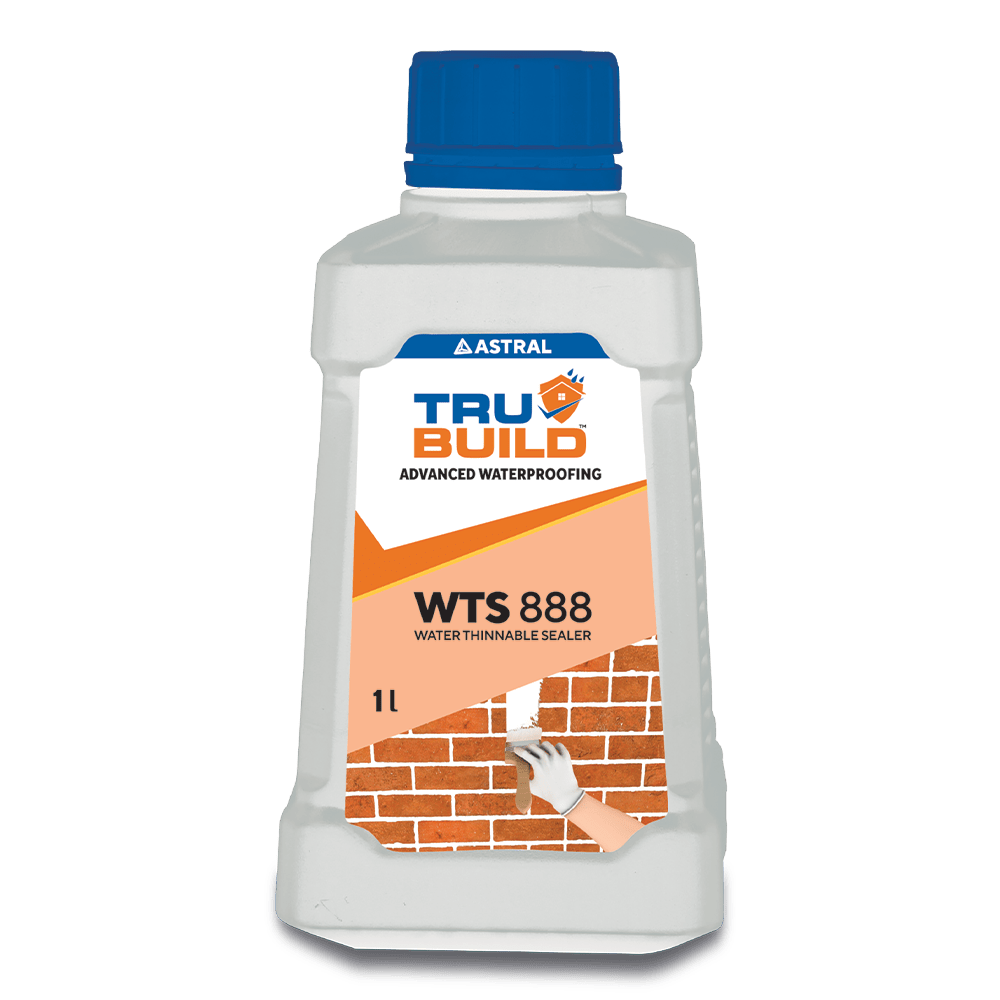



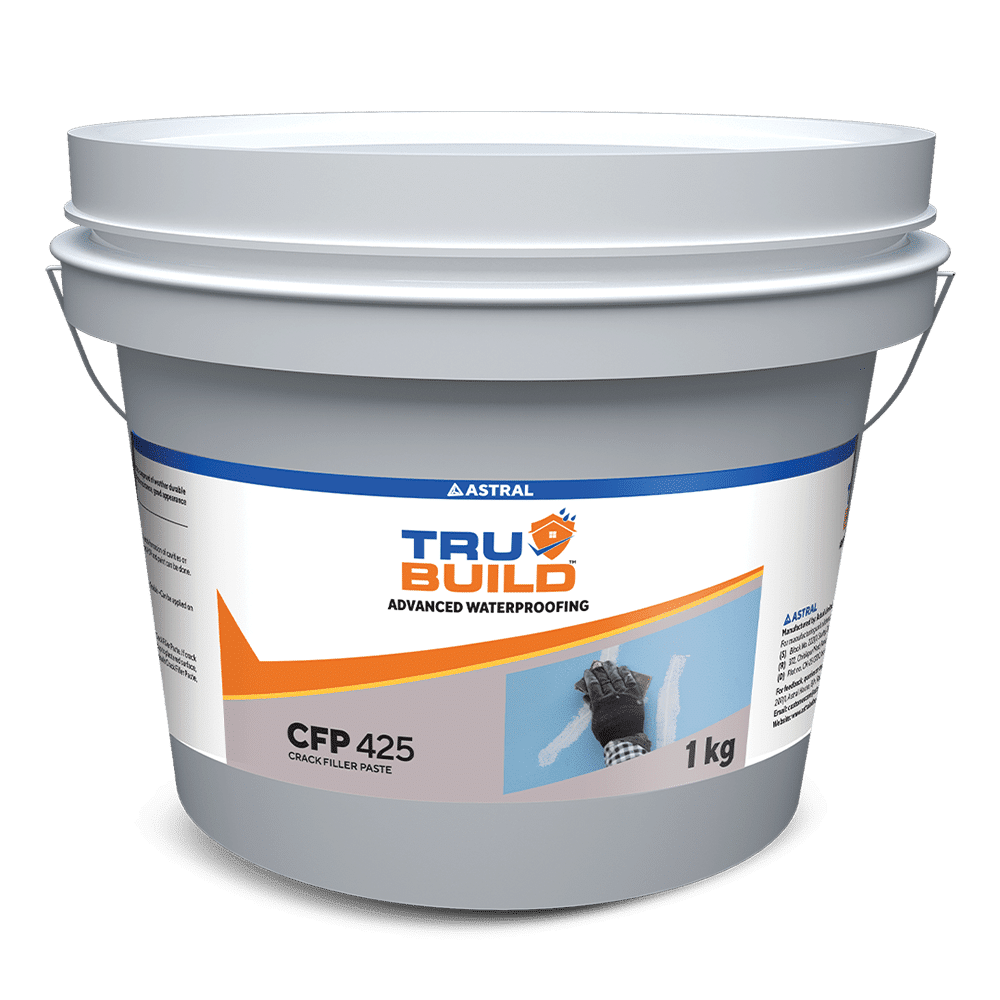




 Professional Sealants
Professional Sealants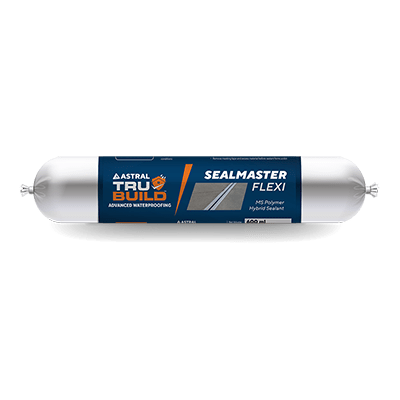
 Roof Waterproofing
Roof Waterproofing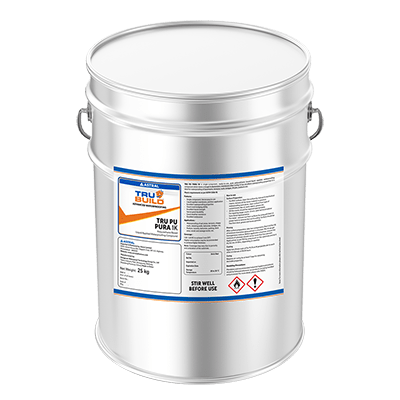
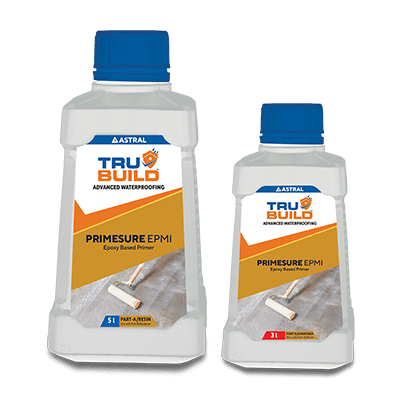



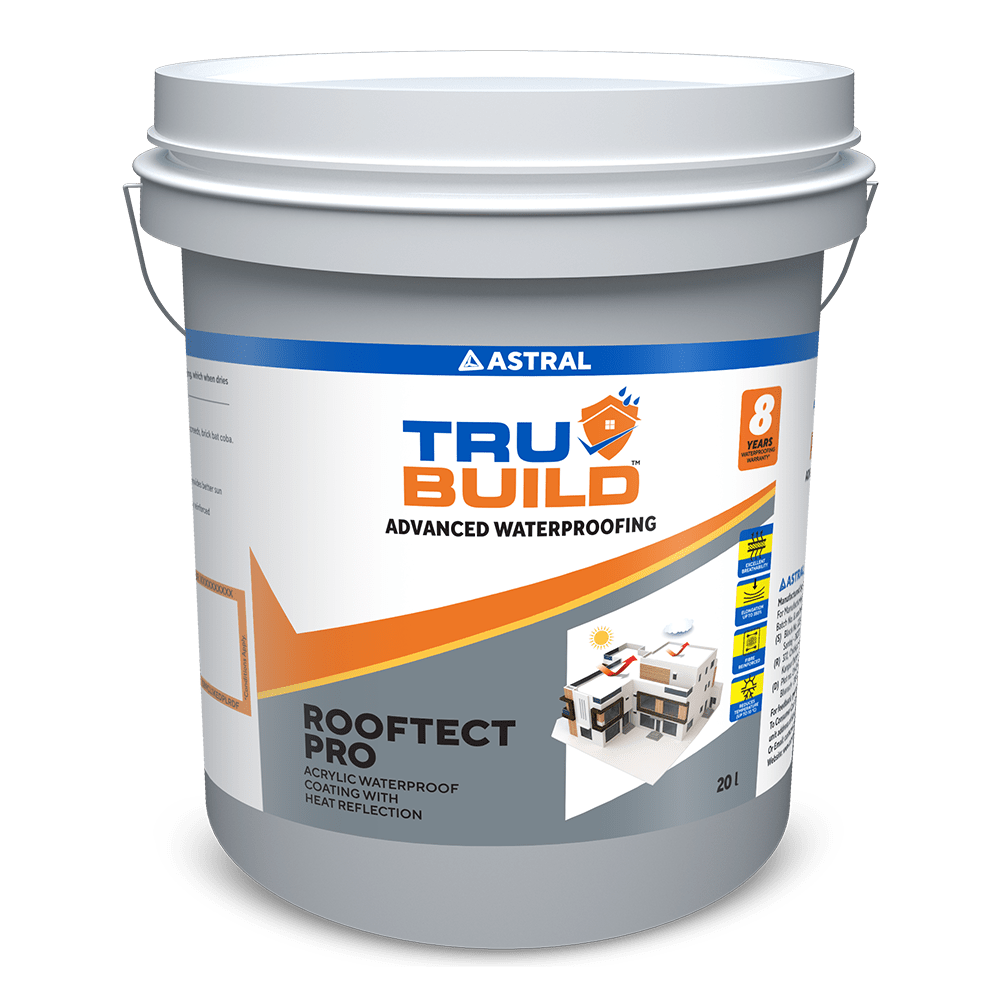
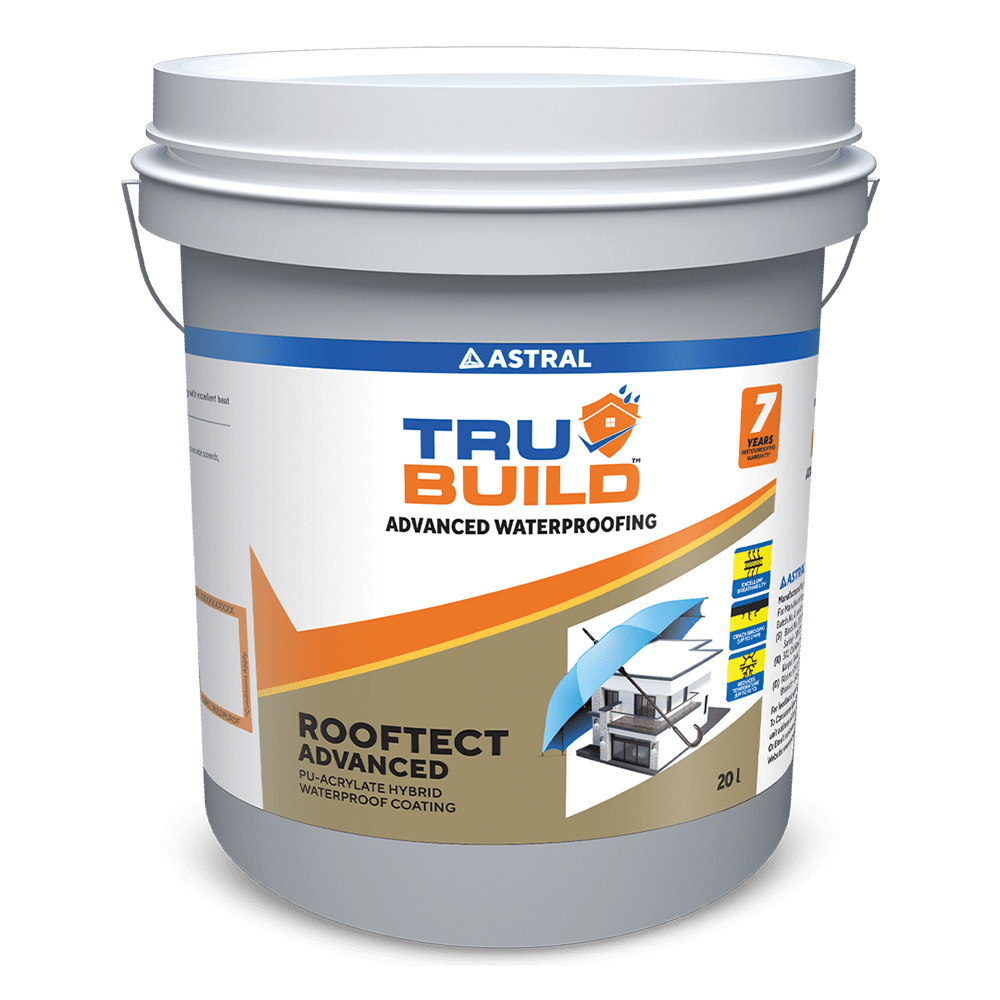
 Substructure Waterproofing
Substructure Waterproofing Tiling and Grouting
Tiling and Grouting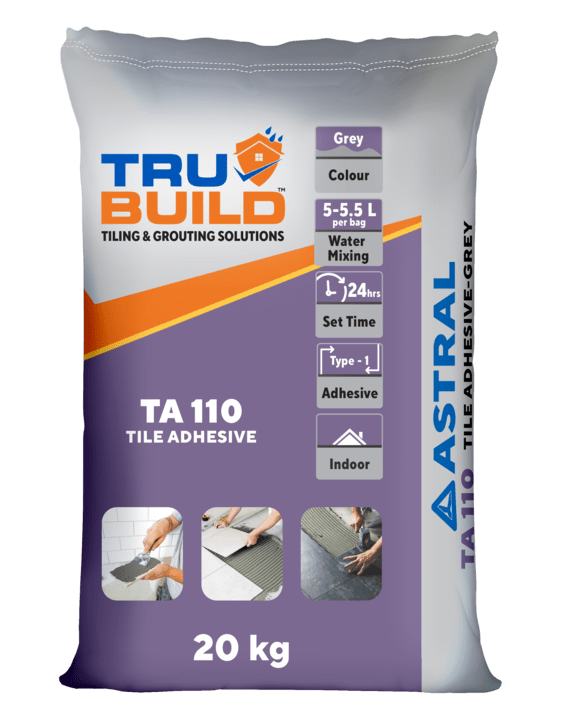
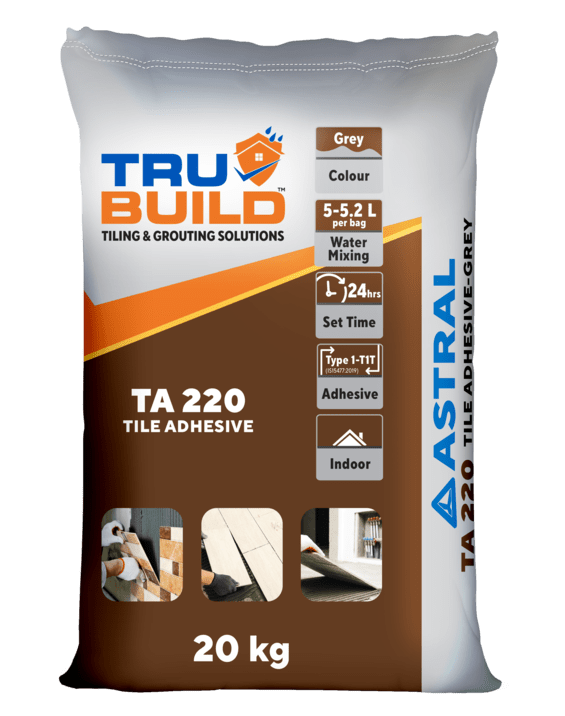

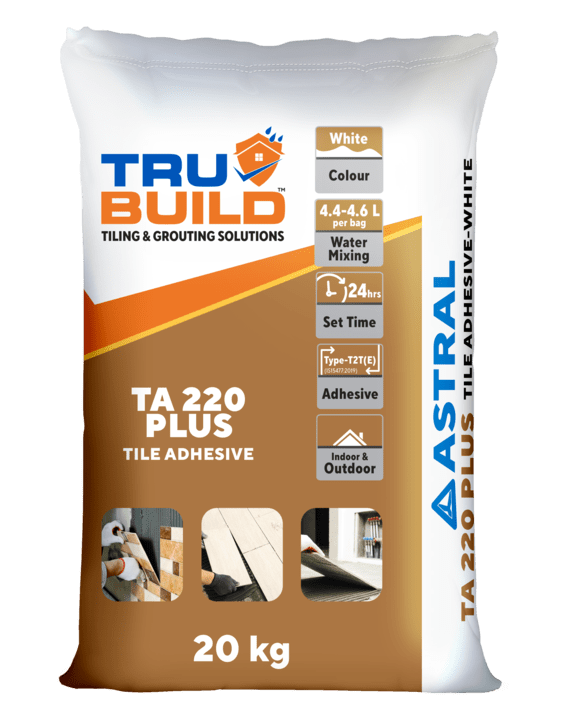
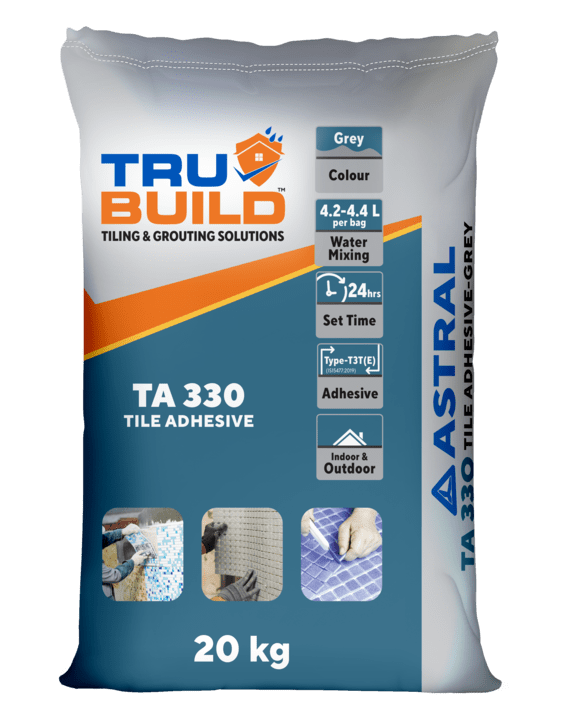
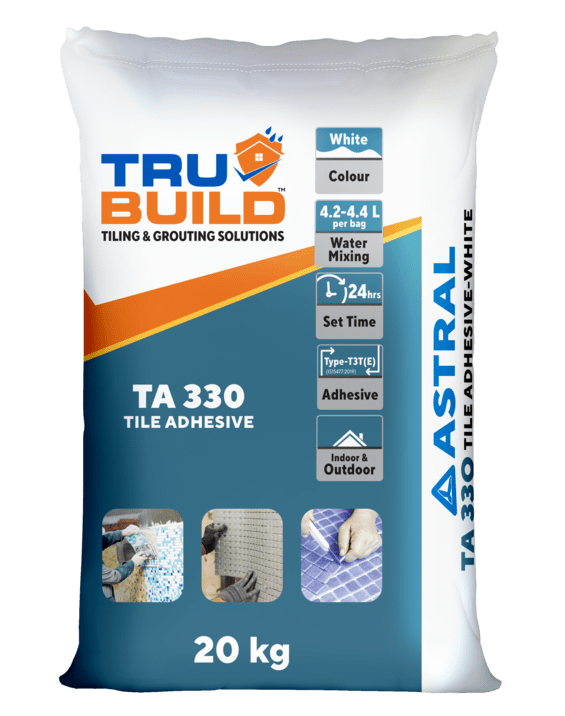
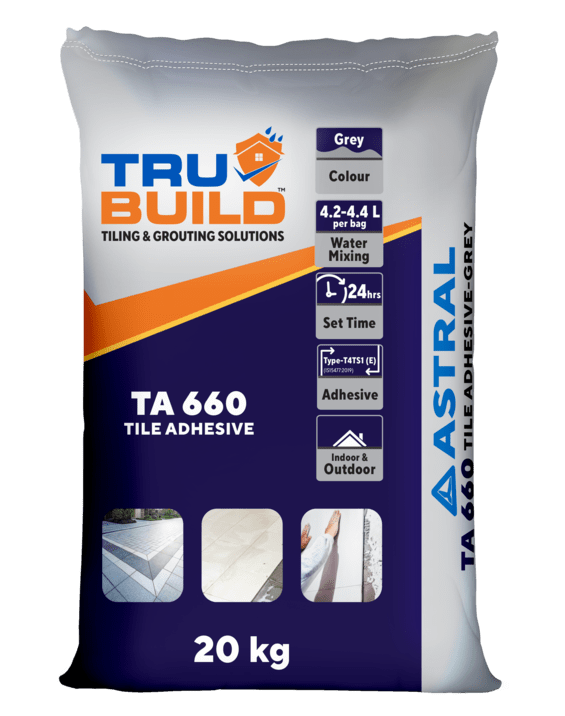
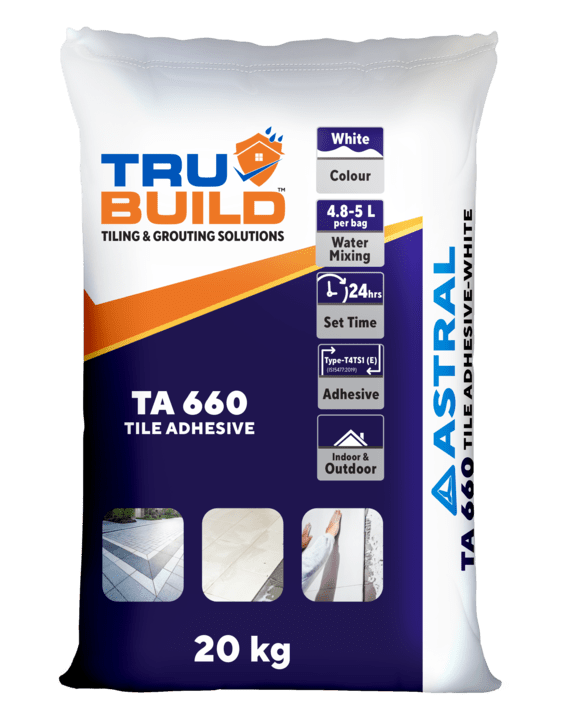



 Water Tanks and Other Areas
Water Tanks and Other Areas